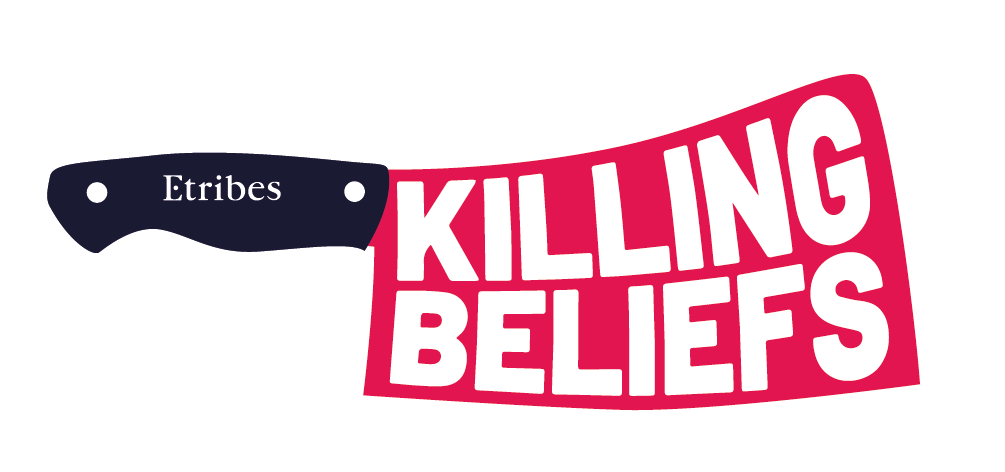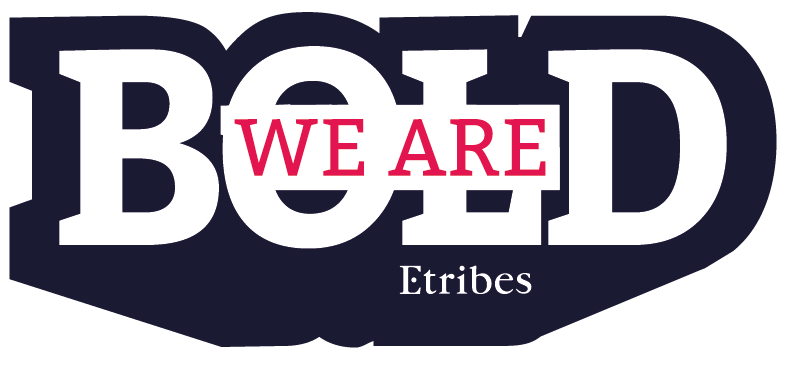SUCCESS STORYS OF OUR CUSTOMERS








Hi everyone, I’m Markus Peter and since several years I’ve been working as a partner and B2B expert at the consultancy Etribes. The last 20 years before that, I did not spend as a classic consultant, but in the industry. Following executive positions at Siemens and Dräger, among others, I now support B2B companies with my team at Etribes in developing strategies for their digital transformation.
Feel free to contact me with any questions or ideas about this article using the form at the bottom of the page or simply drop me a message on LinkedIn. I look forward to our exchange.
22. July 2022 / Markus Peter

Hi everyone, I’m Markus Peter and since several years I’ve been working as a partner and B2B expert at the consultancy Etribes. The last 20 years before that, I did not spend as a classic consultant, but in the industry. Following executive positions at Siemens and Dräger, among others, I now support B2B companies with my team at Etribes in developing strategies for their digital transformation.
Feel free to contact me with any questions or ideas about this article using the form at the bottom of the page or simply drop me a message on LinkedIn. I look forward to our exchange.
Nimm bei Fragen oder Ideen zu diesem Beitrag gerne Kontakt über das Formular unten auf der Seite auf oder schreib mir ganz einfach bei LinkedIn. Ich freue mich auf unseren Austausch.
22. July 2022 / Markus Peter

Who doesn’t know it: the sales manager drives through his region, shows the current catalog to his existing customers and on the way back transmits the orders received to the inside sales team, who then types them in manually. Not only is this rather slow and inefficient, but it’s also almost a little retro these days.
At Etribes, we like to talk about “killing beliefs” – that is, critically questioning and, if necessary, rethinking habitual beliefs.
Digitalization offers an incredible number of new opportunities to question existing processes and, if necessary, simplify them for all parties. Industrial customers often prefer the fast digital way instead of time-consuming business meetings or long response times from their service providers and suppliers.
With this article, I would like to show you which success factors this new simplicity through digital alternatives can bring to the business interaction between B2B companies – and which measures have to be taken now in order not to drop out of the market in the ever-changing circumstances. After all, the digital standards that your customers have long taken for granted in their private lives will also be demanded by them in their professional lives. If not today, then certainly tomorrow.
Who doesn’t know it: the sales manager drives through his region, shows the current catalog to his existing customers and on the way back transmits the orders received to the inside sales team, who then types them in manually. Not only is this rather slow and inefficient, but it’s also almost a little retro these days.
At Etribes, we like to talk about “killing beliefs” – that is, critically questioning and, if necessary, rethinking habitual beliefs.
Digitalization offers an incredible number of new opportunities to question existing processes and, if necessary, simplify them for all parties. Industrial customers often prefer the fast digital way instead of time-consuming business meetings or long response times from their service providers and suppliers.
With this article, I would like to show you which success factors this new simplicity through digital alternatives can bring to the business interaction between B2B companies – and which measures have to be taken now in order not to drop out of the market in the ever-changing circumstances. After all, the digital standards that your customers have long taken for granted in their private lives will also be demanded by them in their professional lives. If not today, then certainly tomorrow.


Markus Peter, Partner Etribes

Easy-to-do-business-with is, at its core, a competitive factor. As a B2B company, when I offer and sell my products and services and work with my customers over the years, it can be done one of two ways: Simple or complicated.
Digital technologies have massively changed the playing field. The possibilities to simplify the life of my customers via fast, flexible and transparent digital services have increased massively. Those who now act quickly and establish themselves as ‘easy-to-do-business-with’ have great opportunities to leave their competition behind.

The competition in the market is huge these days. In particular, suppliers from emerging markets, e.g. in Asia, are increasingly undercutting industrialized countries in terms of price for the same quality of products.
The differentiation between physical products has significantly decreased, suppliers have to consider alternative ways to differentiate themselves from the increasing competition. Thus, easy-to-do-business-with can be a strong competitive factor in B2B business to stand out in the long run.


Together we’ ll find out where you’re currently standing and with which concrete measures we can pave your way for measurable success through digital business models.
Together we’ ll find out where you’re currently standing and with which concrete measures we can pave your way for measurable success through digital business models.

You will discover enormous potentials behind “easy-to-do-business-with”. I often describe the current situation as “gold-digger mood”: Many B2B players still rely on conventional sales channels and after-sales services – and that’s exactly what makes the topic all the more interesting for you.

Surpass your competition: Numerous B2B companies are still not adequately positioned at the moment or are just at the beginning of dealing with the possibilities of digitization. If B2B providers initiate a focused strategy now and approach the topic with strong willpower, an extraordinary advantage over the competition can be created.

Differentiation from the competition: Customers can be provided with a very specific value proposition. Take after-sales services as an example. With B2B contracts, the customer journey does not end after the sale of the actual product or service, as it often does in the B2C area. With B2B customers, the life cycle and thus the involvement of the provider is more long-term. Among other things, this means that added financial value can also be calculated for the customer if, for example, post-sales processes are simplified in a cost- and effort-efficient manner using digital solutions. But there are also strong levers in the areas of customer loyalty and simplification of cross-selling and upselling.
The competition is not sleeping. Now is the right and necessary time to take the steering wheel with both hands and step on the gas. For a successful future of your company.
SUCCESS STORYS OF OUR CUSTOMERS







As more and more individual processes become digitized, better usability in the context of “easy-to-do-business-with” can become a key buying aspect and differentiator in B2B to retain customers in the long term and make life as easy as possible for them. So here are my three takeaways to get you started right away.
#1
Central to this is the definition of a customer-centric target picture, literally your north star. This north star provides guidance over the coming months and years and ensures that upcoming investments are well aligned.
#2
For example, with the help of a proof-of-concept or an MVP, small quick milestones can be implemented in the direction of the core strategy. This provides early – and cost-effective – real customer insights that help me approach the next steps with even greater accuracy.
#3
Digital innovations need strong leadership and strategic vision, especially in companies with a long tradition. Top management must therefore be actively involved and in the engine room to wisely eliminate resistance and concerns.